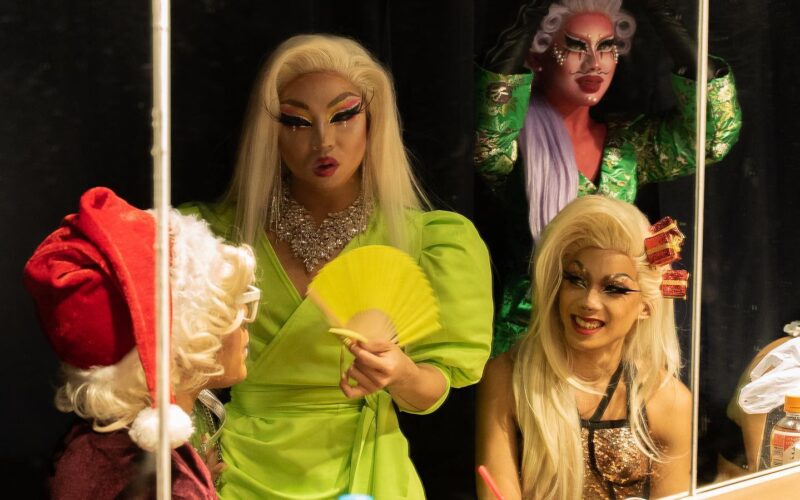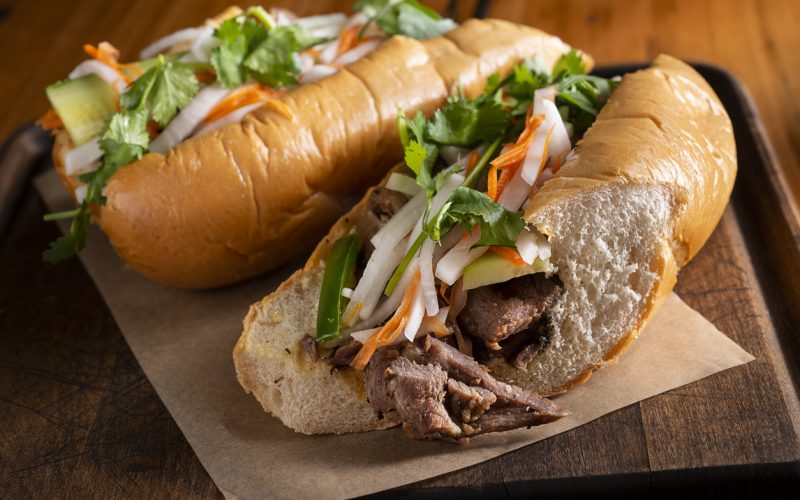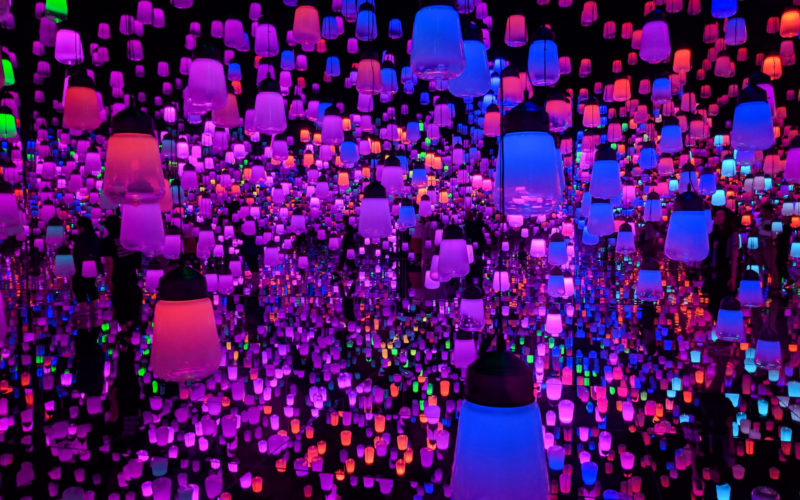Meiji Jingu
Escape the chaos of Harajuku and hop over the road to Meiji Jingu.
Located in Shibuya and easily accessible from a myriad of stations, Meiji Jingu is one of Tokyo’s biggest tourist attractions. Dedicated to the deified spirits of Emperor Meiji and his wife, Empress Shoken, this shrine offers an insight into the history of modern Japan as well as a chance to delve into its indigenous religion: Shintoism.
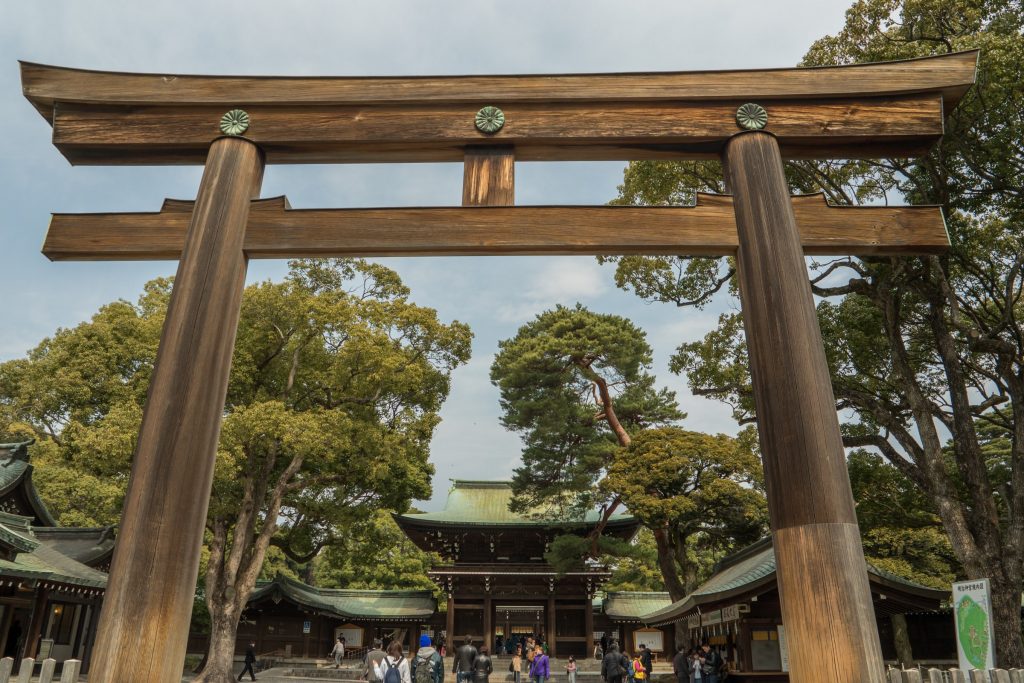
Photo by: Tom Maisey Walking beneath the towering torii gates, dwarfed by the evergreen trees that encircle 170 acres of forest, you could almost forget you’re in one of the biggest metropolises in the world. Photo by Tom Maisey.
In which case, it’s time to count your five yen coins (they’re lucky!) and head on down to the shrine’s main courtyard. On the way there, you’ll pass a wall of sake barrels, donated from sake factories all over Japan. Decorated in an array of colourful designs that capture the spirit of the region they originated from, this is the first photo opportunity of many. If you visit the main courtyard on a national holiday or weekend, you might catch a glimpse of a white-hooded bride participating in a traditional wedding ceremony.
Dodging the crowds you should make your way to one of the stalls selling fortune telling slips (omikuji), many of which come with adorable looking charms and are available in English. If you have bad luck, don’t despair. In the centre of courtyard is a large tree encircled with wooden wishes – find a spare branch or space on the trellis to tie your slip and keep your fingers crossed that the bad luck has been warded off (for now…)
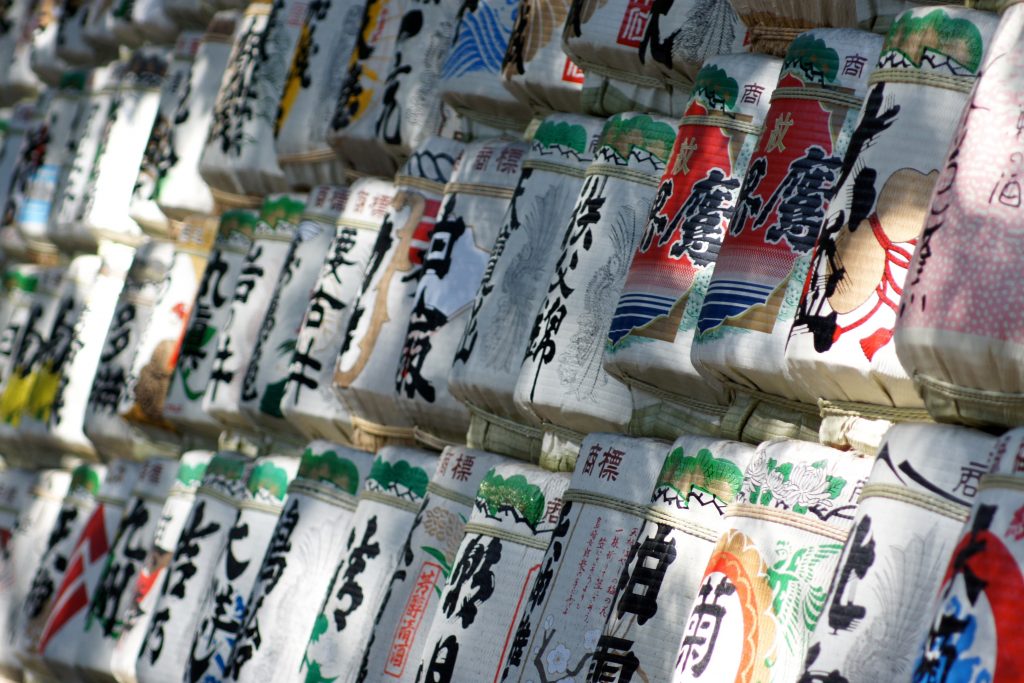
A wall of sake barrels lines the approach to the shrine. Photo by Luca Mascaro.
Follow the incense to the honden, or the part of the shrine where the kami (gods or, in this case, emperors) are enshrined. Throw your five yen into the wooden altar. Bow, clap twice, make a wish, bow.
Now you’ve been blessed by the kami, it’s time to educate yourself.
Born in 1852, Emperor Meiji presided over one of the most game-changing periods of Japanese history and his reign is usually seen as the point when Japan truly made its debut on the modern stage. You can learn more about this fascinating gentleman by visiting the Meiji Jingu Treasure House and Museum Annex Building, situated just to the east of the main shrine building.
Although beautiful throughout the year, June is the most popular time to visit the Inner Garden, when the irises are in bloom. Also inside the garden is a spiritual ‘power spot’ in the form of Kiyomasa’s Well, named for the military commander who dug it around 400 years ago. The well was visited frequently by the Imperial couple when they were alive.
